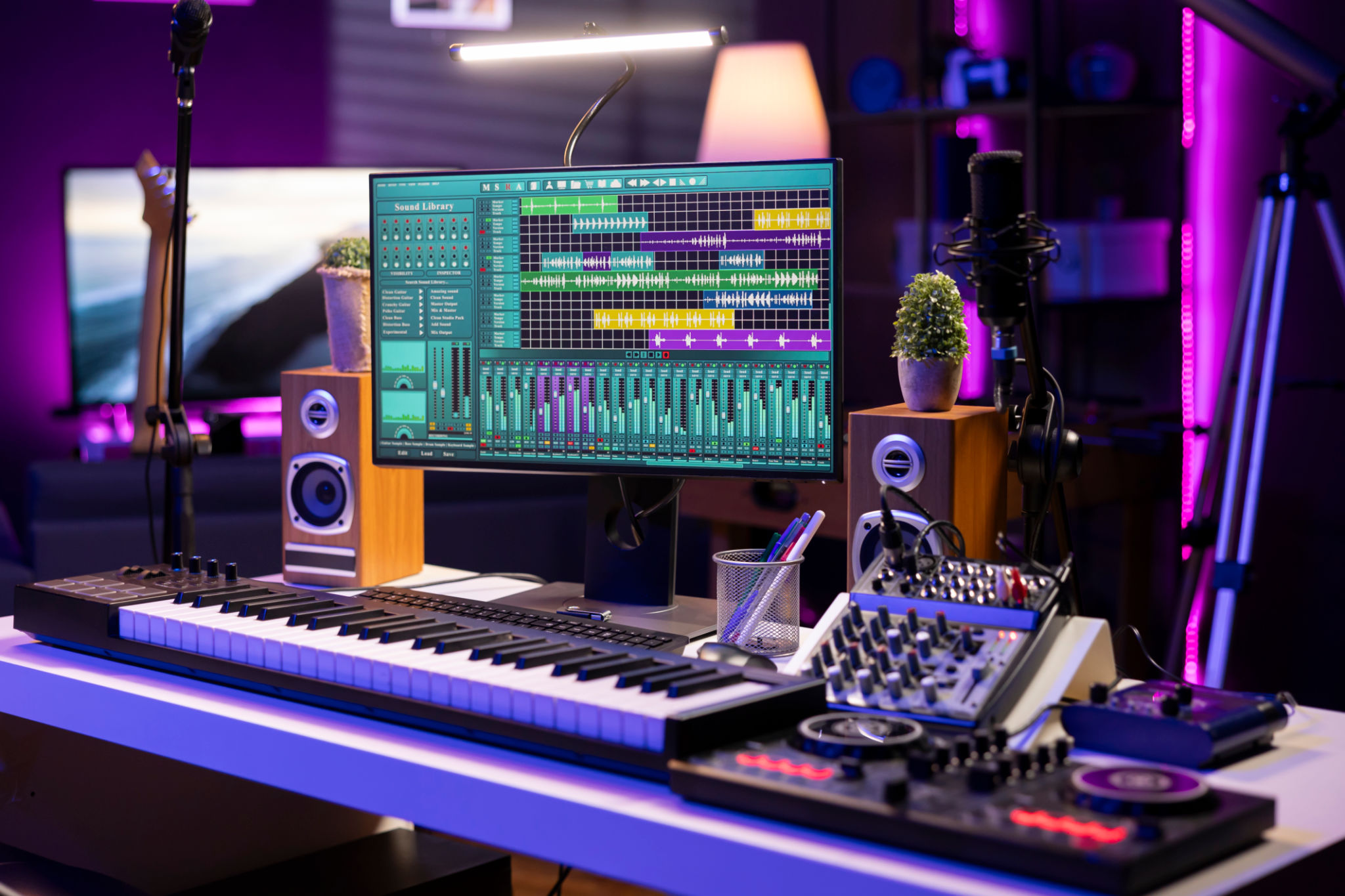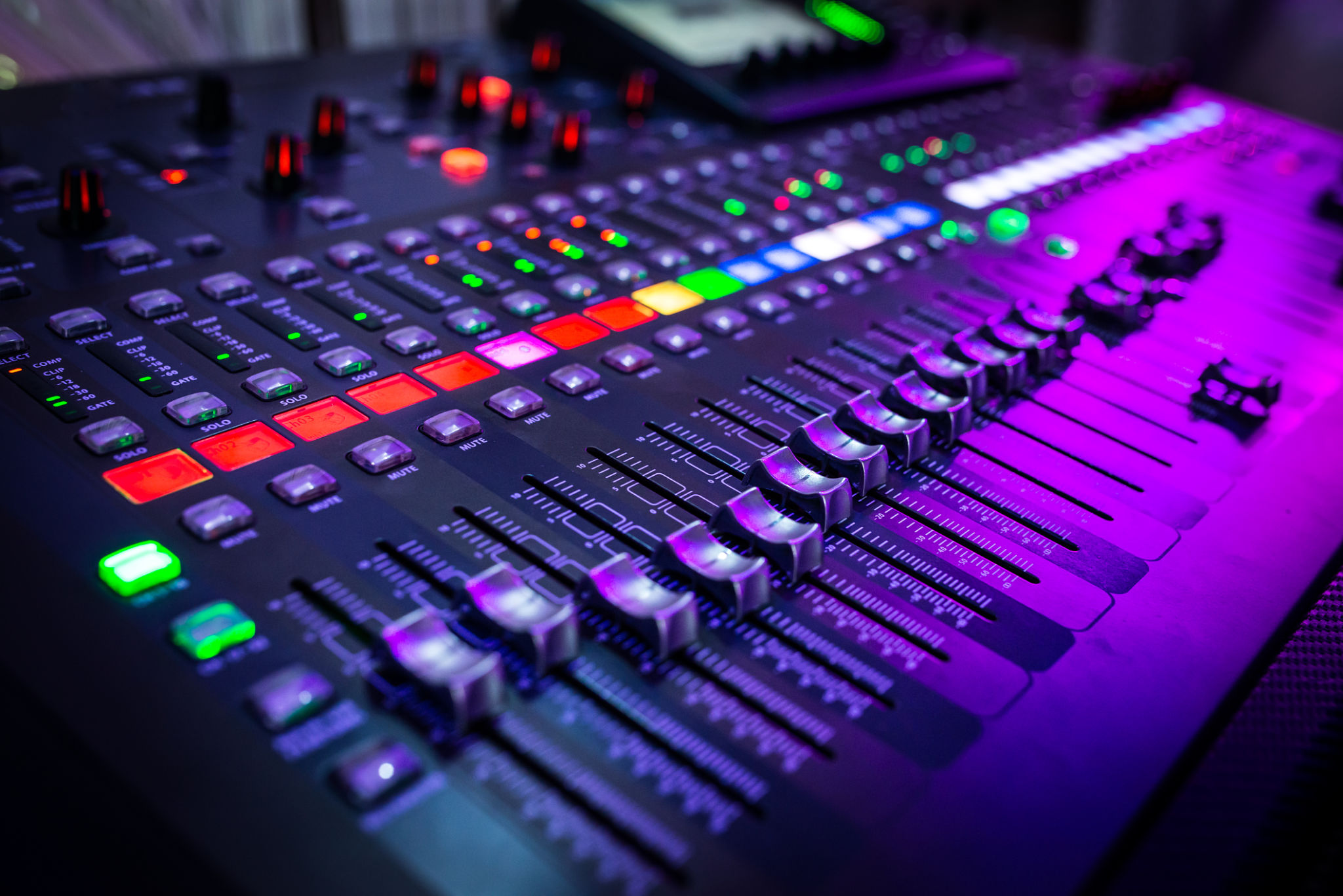Mixing and Mastering Hip Hop Tracks: A Comprehensive Guide
Understanding the Basics of Mixing and Mastering
Mixing and mastering are essential processes in producing high-quality hip hop tracks. These stages ensure that your music sounds polished and professional, ready to compete in the industry. Mixing involves balancing individual tracks like vocals, drums, and instruments to create a cohesive sound. On the other hand, mastering is about fine-tuning the final mix to optimize it for distribution.
Both mixing and mastering require a good ear, technical skills, and an understanding of music theory. It's not just about making things sound good; it's about creating an immersive experience for the listener. Let's delve into some key aspects of these processes to help you get started.

Setting Up Your Workspace
A well-prepared workspace is crucial for effective mixing and mastering. Ensure your studio is equipped with quality monitors or headphones, a reliable digital audio workstation (DAW), and essential plugins like EQs, compressors, and reverbs. Arrange your gear to minimize distractions and create a comfortable environment for extended sessions.
The acoustics of your room also play a significant role in how you perceive sound. Consider investing in acoustic treatment such as foam panels or bass traps to create a balanced listening space. This setup helps you make accurate adjustments, ensuring your mix translates well across various playback systems.

The Art of Mixing
Start your mixing process by organizing your tracks and labeling them correctly. Use color coding to identify different elements quickly, which helps maintain focus during long sessions. Begin with balancing levels; adjust the volume of each track so that they complement rather than overpower each other.
Next, apply EQ to shape the tonal balance of individual tracks. Cut unnecessary low frequencies on tracks that don't need them, such as vocals, to create space for bass elements. Use compression to control dynamics, ensuring that each element sits well in the mix without peaking or distorting.

Mastering Your Hip Hop Track
Once you're satisfied with your mix, it's time to move on to mastering. This stage involves applying final touches to enhance the overall sound and prepare it for distribution. Start by setting a suitable loudness level, ensuring your track is competitive without sacrificing dynamics.
Use EQ to make subtle adjustments, enhancing the tonal balance of the track as a whole. Compression helps glue the mix together, providing a cohesive listening experience. Finally, consider adding a limiter to prevent clipping and distortion when exporting your final product.

Common Mistakes to Avoid
While mixing and mastering are subjective processes, there are common pitfalls that can detract from your track's quality. Avoid over-processing; too much EQ or compression can make your music sound unnatural. Always trust your ears and take regular breaks to maintain perspective.
Ensure you reference your mix with professional tracks to gauge its quality. Compare elements like balance, clarity, and loudness to understand where improvements are needed. Remember, less is often more in both mixing and mastering.
Final Thoughts
Mixing and mastering hip hop tracks is both an art and a science. It requires patience, practice, and a willingness to experiment with different techniques. By understanding the basics and avoiding common mistakes, you'll be well on your way to creating professional-sounding music.
Whether you choose to mix and master your tracks independently or hire a professional, the goal remains the same: delivering an engaging audio experience that resonates with listeners. Keep honing your skills, stay updated with industry trends, and continue refining your unique sound.
